Review: How "Top Gun: Maverick" Cured Our Post-COVID Blues
Tom Cruise flies high in a welcome dose of supersonic nostalgia.
ModernOn September 2, 1945, Japanese foreign affairs minister Mamoru Shigemitsu boarded the USS Missouri and signed the Japanese Instrument of Surrender, ending World War II. It came nearly a month after the United States government dropped two atomic bombs over the Empire of Japan in a “rain of ruin from the air... never before seen on this Earth.” The preceding six years were a similar torrent of bloodshed; World War II remains the deadliest conflict in human history, claiming between 70-85 million lives, approximately 3% of the planet's then-population.
It was the world's most unifying experience: civilians from the Western Coast of the United States to the northeast deserts of Africa watched as their sons, brothers, fathers, and friends departed to an uncertain fate, many never to see home again. Marginalized communities in Nazi Germany could count on nothing but damnation: their families would get split, most, if not all, would die, and those who would survive would do so by the grace of a God that seemed a world away.
It is easy to forget that unity, though it carries a warm connotation, is not necessarily positive. We imagine it in titanic terms and with poetically minuscule odds: the 300 Spartans who battled the Persian army at Thermopylae, the 600 who rode into the “Valley of Death” at the Battle of Balaclava, or the 2004 Red Sox, who erased a 3-0 deficit against the New York Yankees in the American League Championship Series.
In reality, unity can often mean the worst of times.
In the 1300s, continental Europe got united in fear of the Black Plague, killer of 200 million. The Inquisition, formed as a response to “heresy” in 15th-century Spain, united non-Catholics in fear of persecution and reprisal; an estimated 150,000 people faced such persecution, of which approximately 3% got executed. The Spanish Flu pandemic, which ravaged the known world between 1918-1920, claiming an estimated 50 million lives, again united the world in fear as a simple sickness inflicted a horrifying doom.
We can look to September 11, 2001, when four passenger jets got hijacked by Muslim extremists. One got subverted by passenger intervention and crashed into a Pennsylvania field. Another crashed into the Pentagon; the other two got flown into the World Trade Center in New York City. 3,000 Americans got murdered that day. Many leapt to their deaths, forced to choose between the smoky inferno of the towers and the pavement below.
But we can also look to the aftermath, where something transcendent happened. The nation mourned but also united in celebration of American resilience: a reminder that where we come from can still mean something, an unfathomable concept in modern times. We need that celebration now just as we have needed it before, but we control our healing in a way we never have.
COVID is the unifying experience of a generation. It has touched six continents, 228 countries and territories, and 529 million lives, 6.3 million of which it has claimed. It has united the world in fear, confusion, rhetoric, doubt, blame, and, amazingly, hope that we can somehow emerge, if not unscathed, without the loss so many of us spend our lives avoiding. It makes us reflect on things we never want to think about, even on the tiniest scales.
Just in this past calendar year, how many people in Milwaukee died without having gotten to see the Bucks win their first title in 50 years? How many Atlantans could have watched the Braves win the World Series among loved ones, only for their family and friends to watch on in celebration, hoping that somewhere above the dearly departed could see it? How many men who were only boys in 1986 would have loved to see Top Gun: Maverick with their fathers?
It feels like the movie understands the purpose it serves, and so we watch it not only in awe but in appreciation. The action is not spectacle for the sake of it. All the whips, zooms, banks, and flares are for the audience, never the creator. We can feel the ocean mist on our faces, the desert sands kicking up into our eyes, the claustrophobia of squeezing between the arcs of a bridge, and the suffocating embrace of a high-speed burst into the atmosphere.
But what Top Gun: Maverick gets best is in its opening scene, that shameless expedition of something long lost to movies. It is not the attempt at saying something an artist isn’t committed to expressing, the money-grubbing stylization of carbon copy popcorn flicks, or the dark brooding of indie dramas. It is magic, high above the early-morning sky, with a trail of smoke tailing a pilot who flies because there is nothing in the whole world he loves more. Maverick is still Maverick, albeit with more wrinkles and wisdom.
After all, he got his name for a reason. It’s not his destiny to stay grounded and follow orders: his purpose is to carve his own path and do what to others seems impossible, flying on a truth many of us lose as the years pass: we are who we are and love what we love. Our job in life is not to think but to do. We should wear our one look with pride and never change it for anybody. We can still have everything life offers: good friends, a loving partner, and the respect of those we get trusted to teach and protect. It’s okay to be a Maverick, and the movie, from that initial surge into the impossible Mach 10, doesn’t let us forget it.
We will never know the history behind Maverick’s past with Penny, the bar owner whose characterization gets reduced to seductive glances and an open ear. We will question how much of a Maverick the movie genuinely feels we can be when Rooster’s issues with him are more the revocation of his Naval Academy application than him getting his father killed. We won't question how even though the film may have been better with tinkering, something about that warm embrace of a simpler cinematic time rings true in our current circumstances.
We can appreciate the subtle changes that freshen the surroundings and make it more faithful to its intentions, like swapping the dark blue aesthetic and a cheesy 80s ballad for soft piano and a genuine conversation between lovers. We commend it for knowing the most foundational human truths that resonate with an audience that crosses all genders, creeds, sexualities, ages, and experiences: sometimes, the worst conceivable thought is that we don’t deserve to be believed in.
Top Gun: Maverick proves that we deserve it and more because of the reasons people doubt whether we do. Our instinct, intuition, individual philosophies that sometimes clash with convention, and the willingness to fly on our own terms make us aspirational, give us wisdom to impart, and allow those around us to flourish under our wings. It is rare for action to pay such dividends; we often rely on words to carry thematic weight.
We fondly recall drinking with our friends, flying down the highway on a motorcycle, or dueling it out for the top spot in a world-class aviation program, but often file those away under the things we do in our youth that serve better as memories than lessons by which to live. Movies know this and bash us over the heads. In reality, no musing can substitute for experience if we process our experiences correctly. Mav has, even though that doesn’t necessarily make life easier. Rooster still resents him, the past still haunts him, and his future is not assured.
What is assured is that his legend will live forever. He has the aerial heroics to thank for that, but Top Gun’s sequel recognizes now, as its star turns 60, that the hero needs something new by which to define himself. It gives him the ability to still be Maverick without sacrificing everything we tell ourselves we must surrender to age gracefully.
Of course, this is not to say the movie is without cheese. We still have the tacky helmets, the classic rock throwbacks, and the stubborn commander who refuses to bend to the cocksure naysayer. We have the cardboard cutout heroes: one wet behind the ears, one whose dorky countenance contrasts his skills in the sky, one whose sole distinguishing characteristic is her biological sex, and others who do and say things we hardly remember. We have the slow-motion flashbacks, 80s callbacks, and the return of an old friend whose sole purpose is to reassure our disheartened hero that he is still the man in whom he has always believed.
It works, and mostly because we needed it. It also works because the movie smartly cuts dialogue we don’t need to hear in favor of the spectacle we need to see. The purest magic films can muster stems from remembering that, at their core, they must earn our investment. We invest in different things and thus consume in different ways; if a movie can understand that sometimes it should capitalize on the moment and offer something every filmgoer can embrace, it will succeed.
Thus, Top Gun: Maverick succeeds. We say we are emerging from the pandemic (or are out of the pandemic), as though we can return to how things were, but the world has changed. Millions have died, new variants continue to emerge, and the divides COVID exposed feel more cavernous than ever. We are long overdue for something unifying and in the ways that remind us of our potential for collective good: the same togetherness that lifted a weary nation from its knees over 20 years ago and was not possible for many generations before. We deserve something that helps us forget the lashings of these last two years, even if only for a couple of hours. We deserve to remember that sometimes the things that mean the most are the things that, on paper, matter least.
We deserve a high-flying, supersonic, nostalgia-fueled burst into the danger zone. We deserve to widen our eyes, drop our jaws, and marvel at the magic that takes our breath away. We deserve to see something in ourselves, just like we do in Maverick. We deserve to step into some Levis and hit the beach with our buddies. We deserve to walk out of a theater with as much reverence for the spectacle as insistence that we deserve our own call sign. After so many millions perished sickly and alone in overcrowded hospitals and so many families were torn apart by something we couldn’t control, we deserve to have everyone come home. We deserve to have unity mean something good again, no matter in what way or for how long we have it. We deserve to fulfill our need… our need for speed. We deserve Top Gun: Maverick.
.png)
99
Director - Joseph Kosinski
Studio - Paramount
Runtime - 131 minutes
Release Date - May 27, 2022
Cast:
Tom Cruise - Captain Pete “Maverick” Mitchell
Jennifer Connelly - Penelope “Penny” Benjamin
Miles Teller - Lt. Bradley “Rooster” Bradshaw
Jon Hamm - Vice Admiral Beau “Cyclone” Simpson
Glen Powell - Lt. Jake “Hangman” Seresin
Val Kilmer - Admiral Tom “Iceman” Kazansky
Monica Barbaro - Lt. Natasha “Phoenix” Trace
Lewis Pullman - Lt. Robert “Bob” Floyd
Ed Harris - Rear Admiral Chester “Hammer” Cain
Editor - Eddie Hamilton
Cinematography - Claudio Miranda
Screenplay - Ehren Kruger, Eric Warren Singer, Christopher McQuarrie
Score - Harold Faltermeyer, Lady Gaga, Hans Zimmer, Lorne Balfe

%20(13%20x%206%20in)%20(13%20x%204%20in).png)


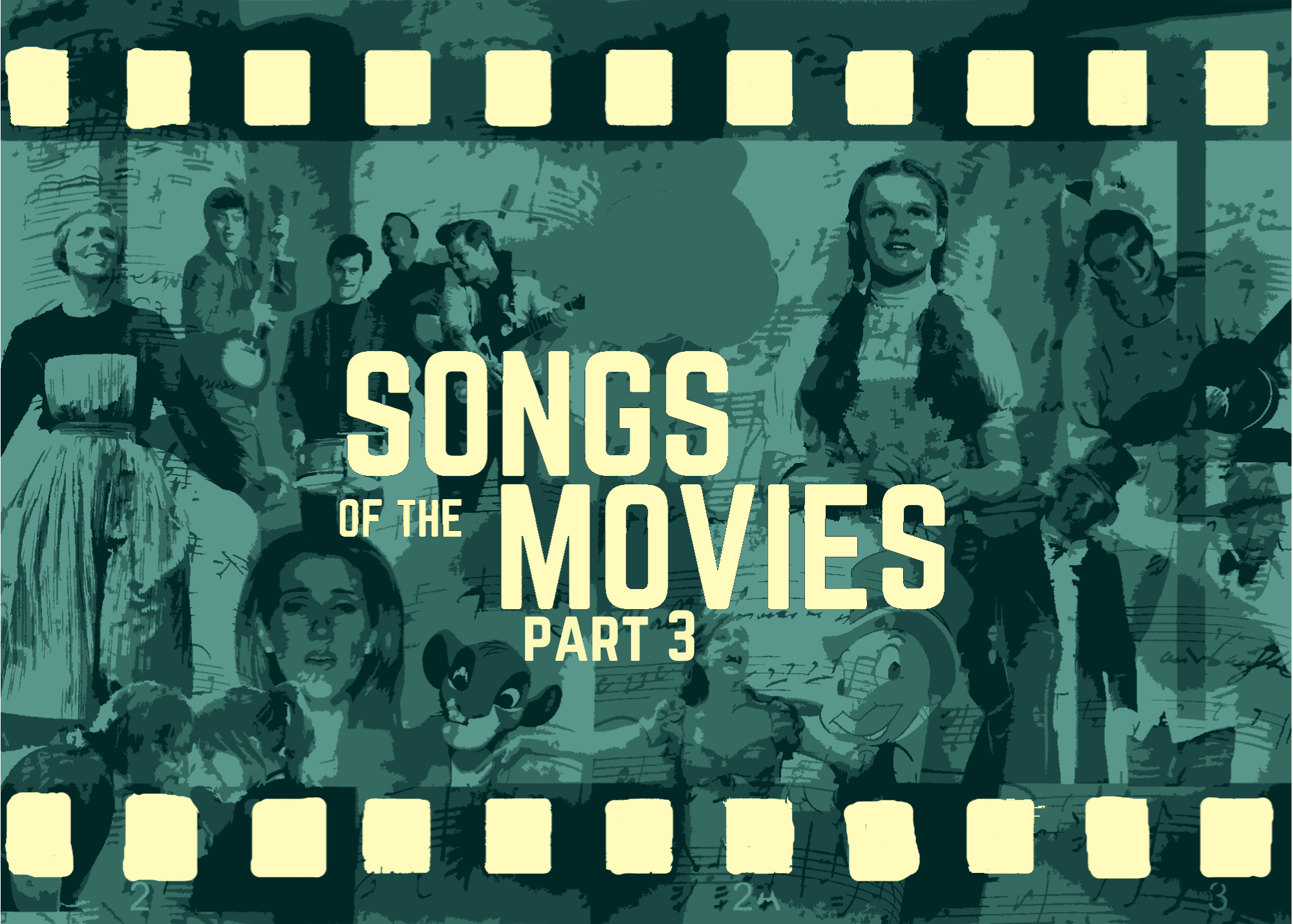

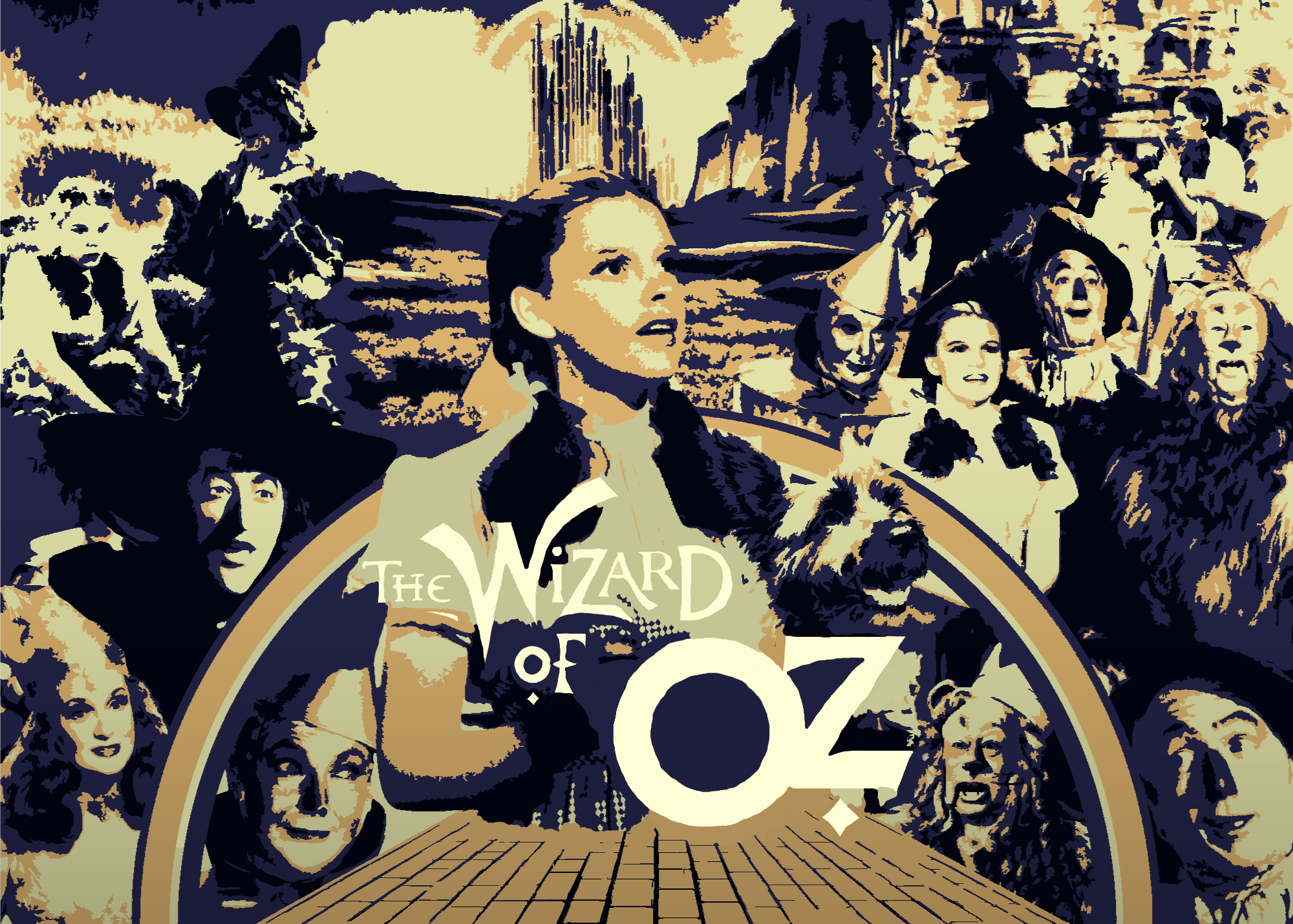


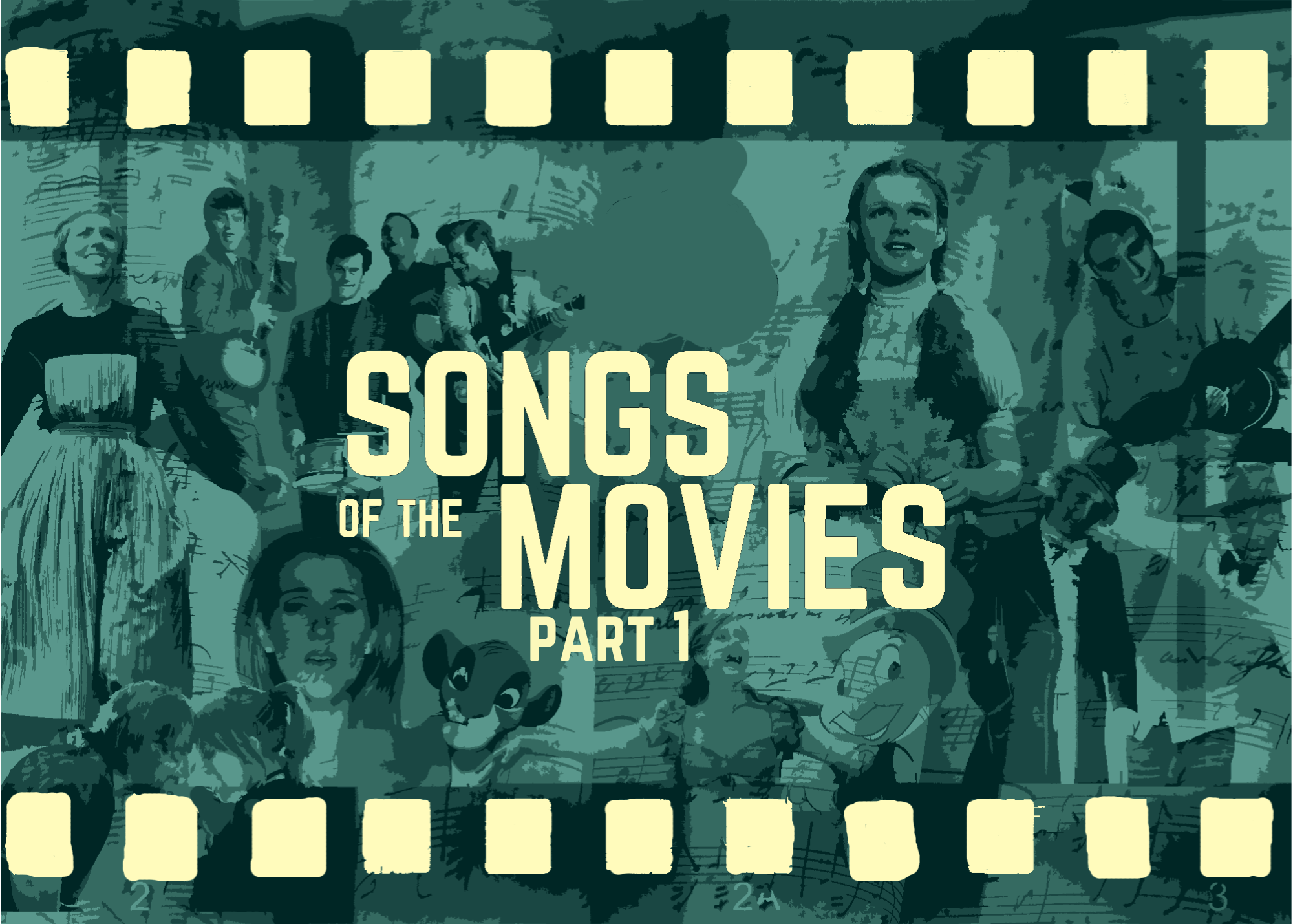

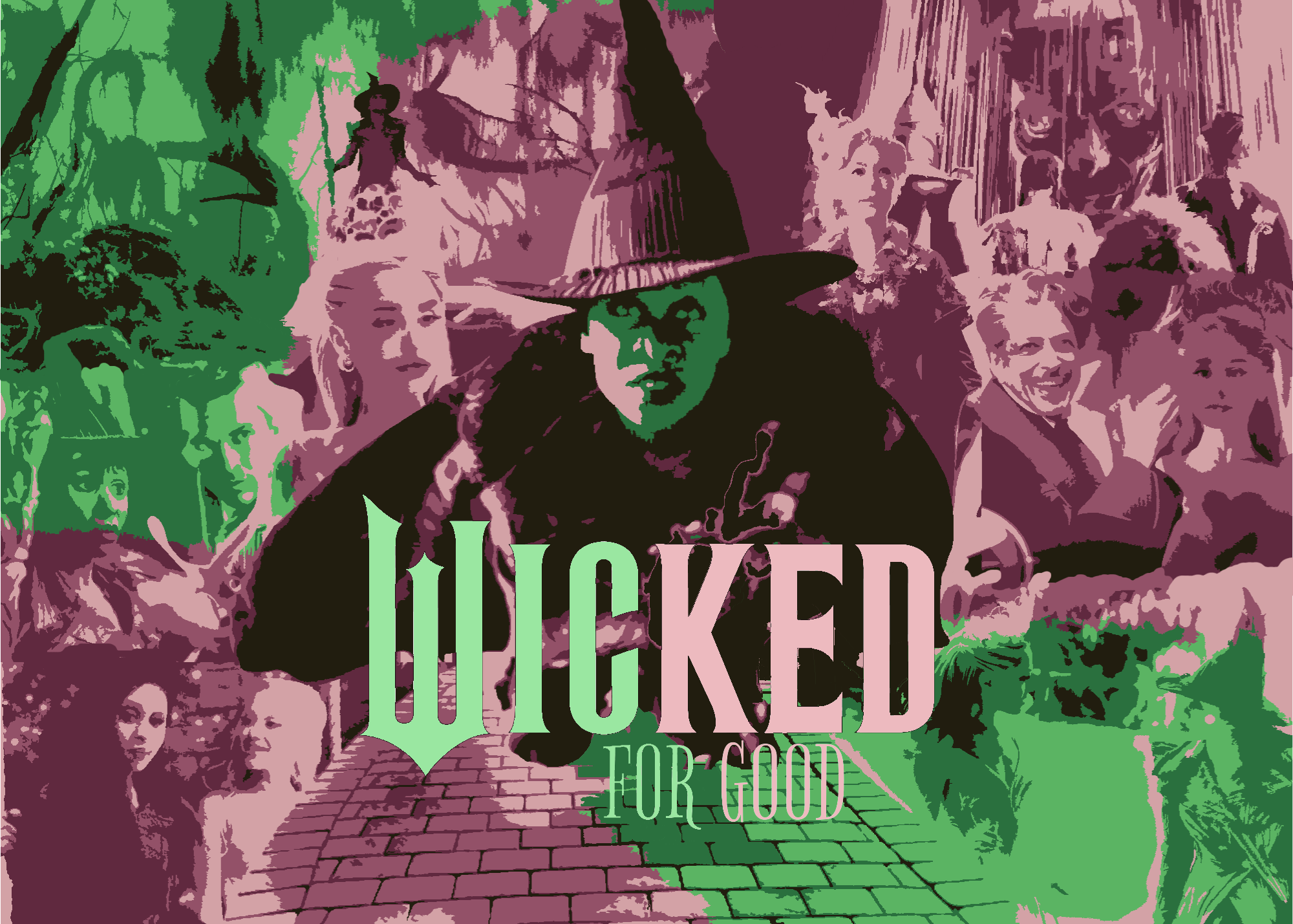
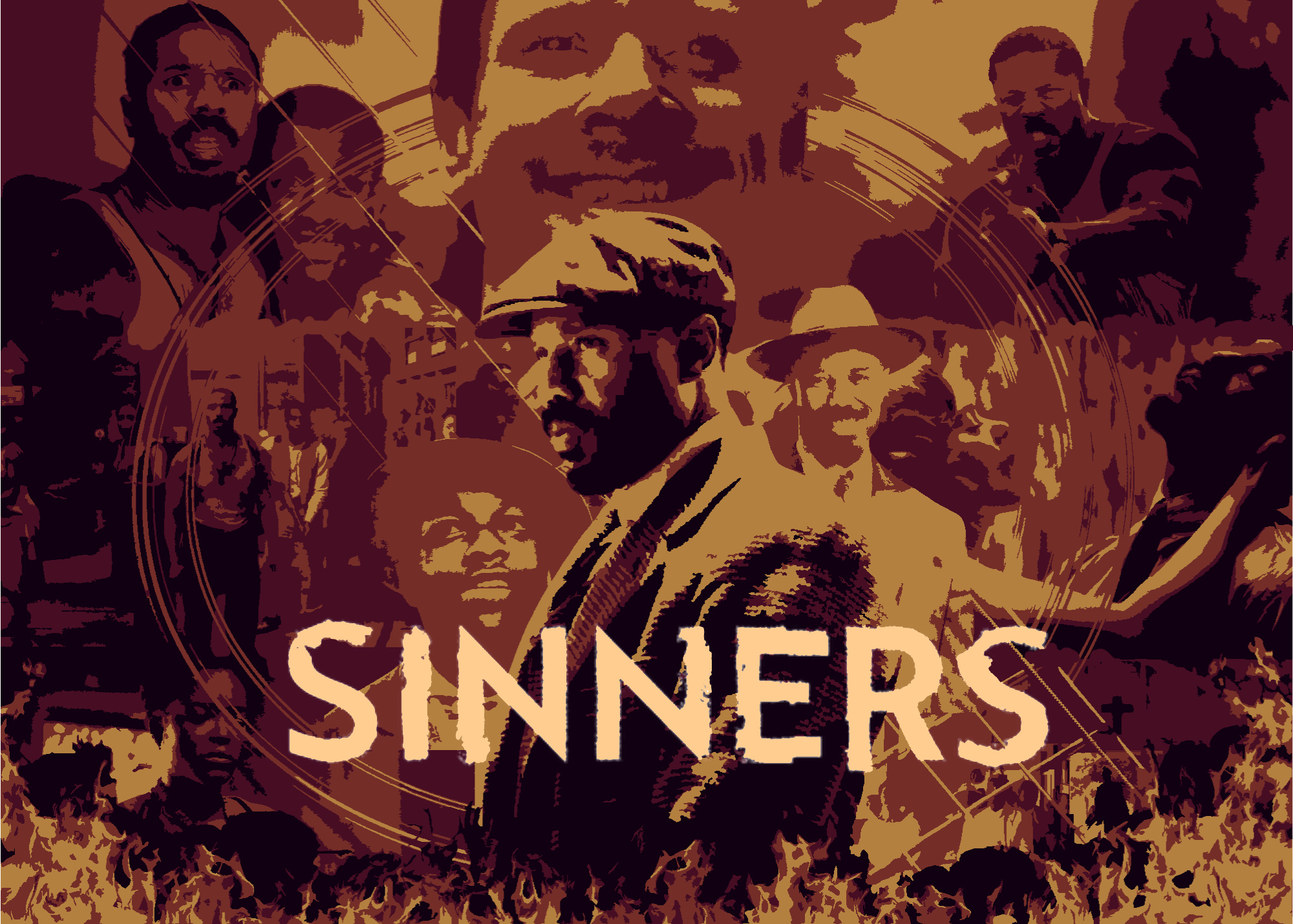















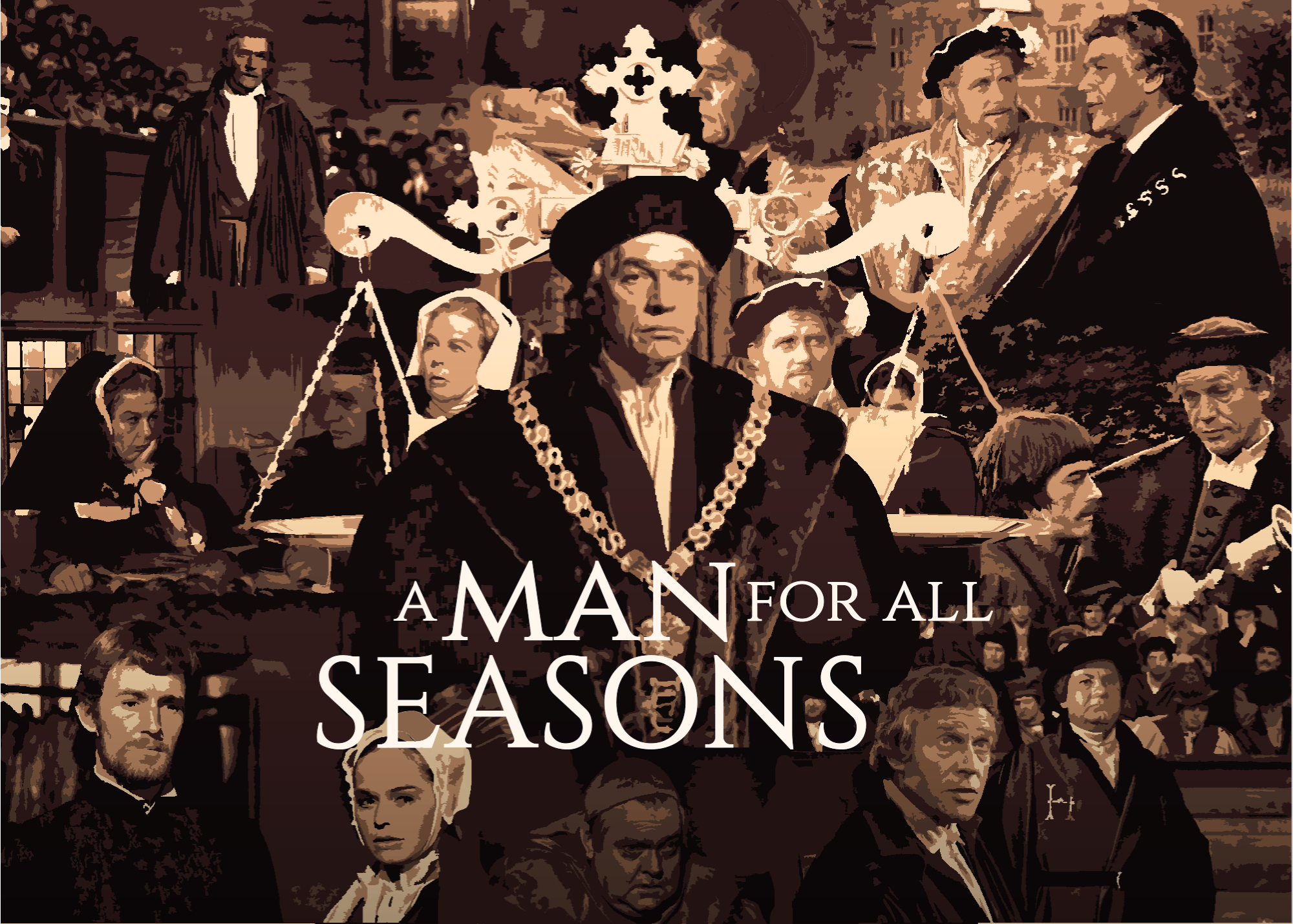










.png)






.png)